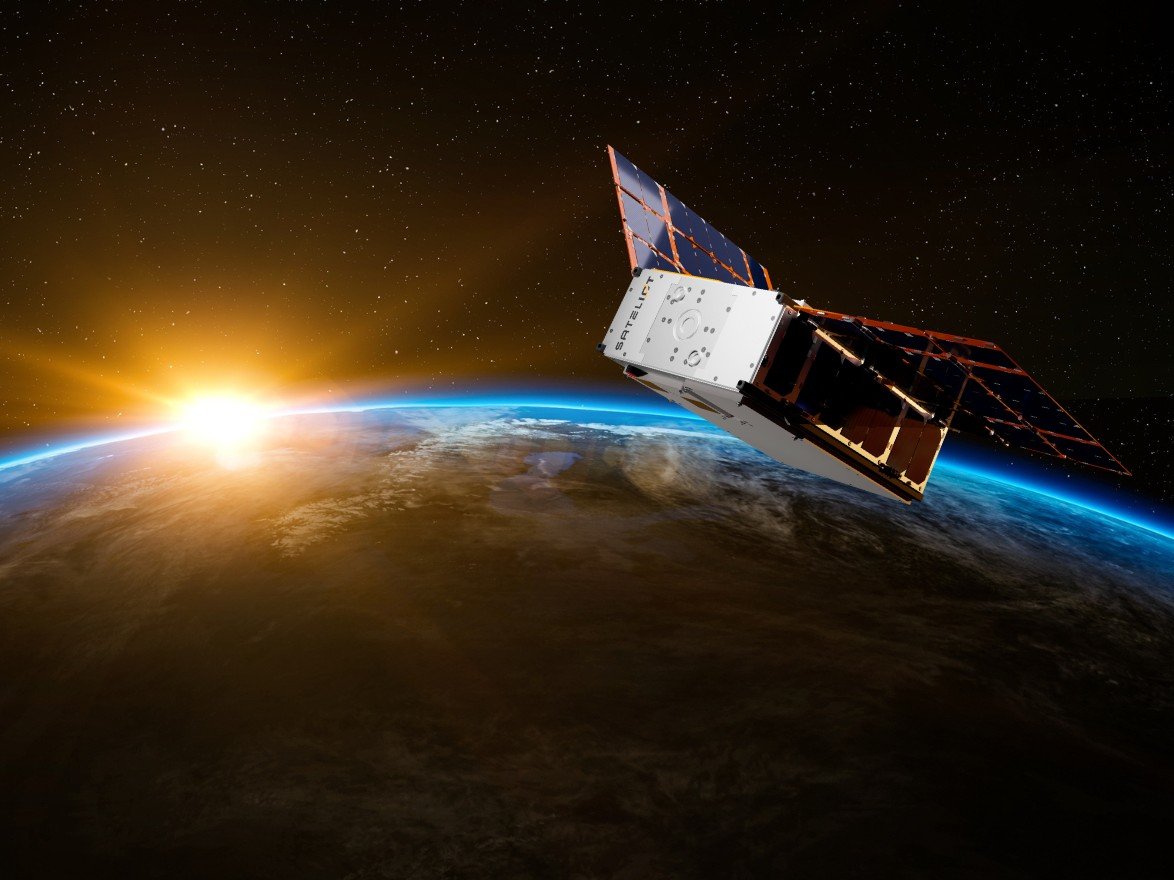Key Takeaways
- Sateliot successfully connected a standard 5G IoT device to a low-Earth orbit satellite, validating seamless communication.
- This achievement expands IoT connectivity to 80% of the Earth’s surface, including remote areas.
- Sateliot positions Europe as a leader in 5G and satellite innovation, with a business plan targeting €1 billion in revenue by 2030.
Breakthrough in Satellite IoT Connectivity
Sateliot has made a significant advancement by directly linking a standard commercial 5G IoT device to a low-Earth orbit (LEO) satellite. This achievement, in collaboration with Nordic Semiconductor and Gatehouse Satcom, demonstrates that unmodified cellular devices can communicate effortlessly via satellite, thereby broadening IoT access across the globe.
Historically, IoT deployments have been limited by ground-based infrastructure, which covers just 20% of the Earth’s surface. This recent development now opens up the remaining 80%, allowing for resilient and cost-effective connectivity in previously unreachable areas such as oceans and deserts.
The successful demonstration involved sending an end-to-end message utilizing the Nordic Semiconductor nRF9151 module, recognized for its low power consumption and extended battery life. Notably, the module established a connection with Sateliot’s LEO satellite constellation without any hardware modifications, emulating the straightforward roaming experience users encounter with mobile networks. The solution also meets the compliance standards set by 3GPP’s 5G NB-IoT Release 17, supported by specialized software from Gatehouse Satcom.
Jaume Sanpera, CEO and co-founder of Sateliot, remarked, “We are facing a technological, commercial, and strategic milestone, comparable to Starlink’s first connection with a mobile phone, and one that proves Europe can also lead the democratisation of connectivity from space.” This breakthrough enables a plethora of applications across various industries, including logistics, agriculture, environmental monitoring, and critical infrastructure management, amplifying the potential of IoT solutions on a global scale through 5G satellite connectivity.
Oyvind Birkenes, Executive VP at Nordic Semiconductor, noted that the absence of global coverage has hindered the advancement of IoT and M2M markets. He affirmed that this breakthrough will facilitate the development of low-power devices with satellite connectivity, boosting deployments in essential areas.
Jesper Noer, VP Commercial at Gatehouse Satcom, expressed pride in contributing to this milestone, emphasizing that Sateliot’s leadership in satellite-based IoT demonstrates the power of standardized technology in transformative initiatives.
This latest success positions Sateliot as a frontrunner in 5G and satellite innovation, highlighting Europe’s potential for enhanced competitiveness and strategic autonomy in telecommunications. The project’s demonstration of a direct-to-satellite connection with an affordable commercial sensor supports these aims, showcasing Europe’s commitment to leading in this critical field.
Backing its innovative technology, Sateliot reports having secured recurring revenue contracts totaling €250 million from over 450 customers across more than 50 countries. With ambitious plans projecting €1 billion in revenue by 2030, Sateliot is set to emerge as a key operator in an increasingly interconnected world.
The content above is a summary. For more details, see the source article.















